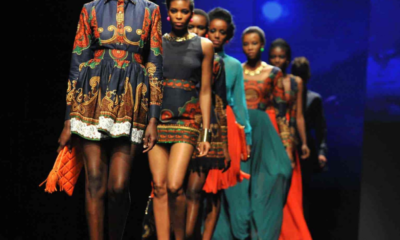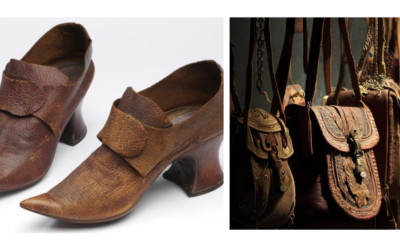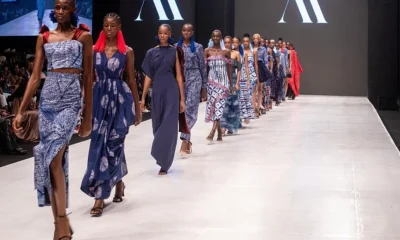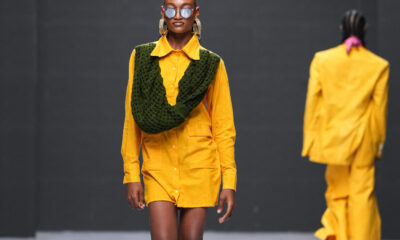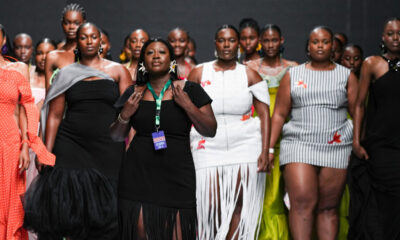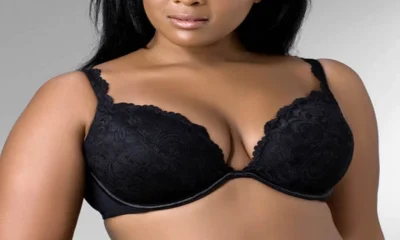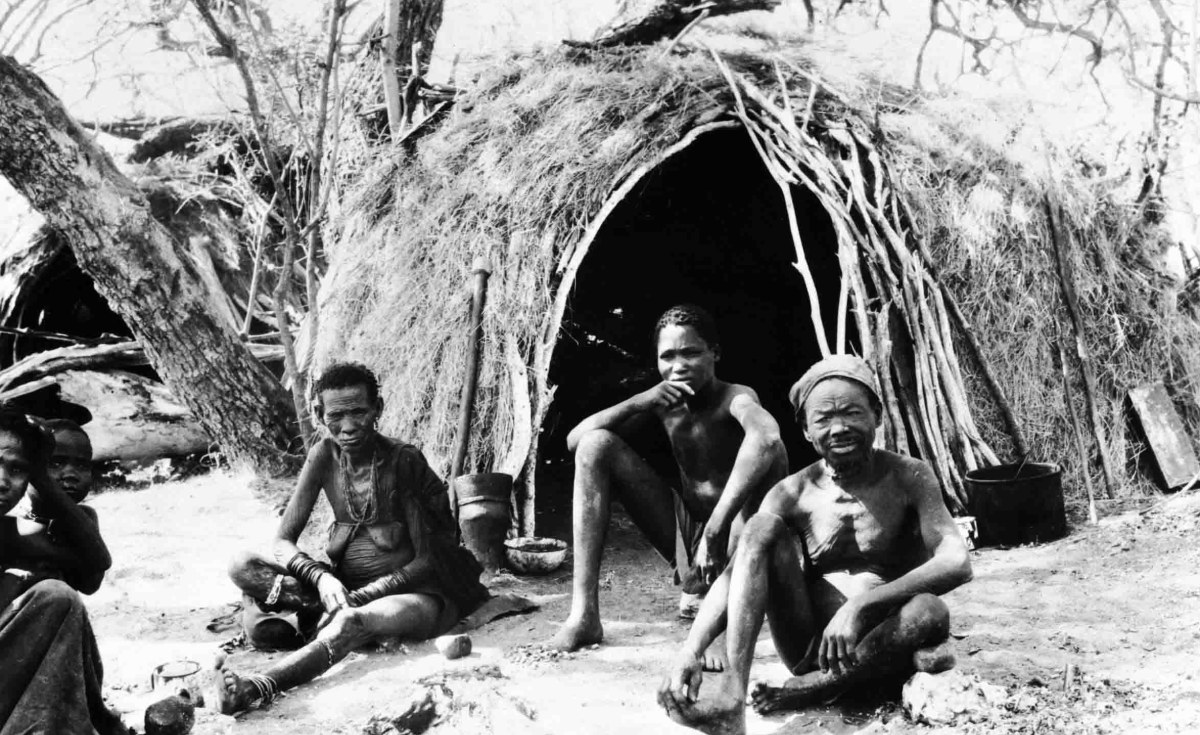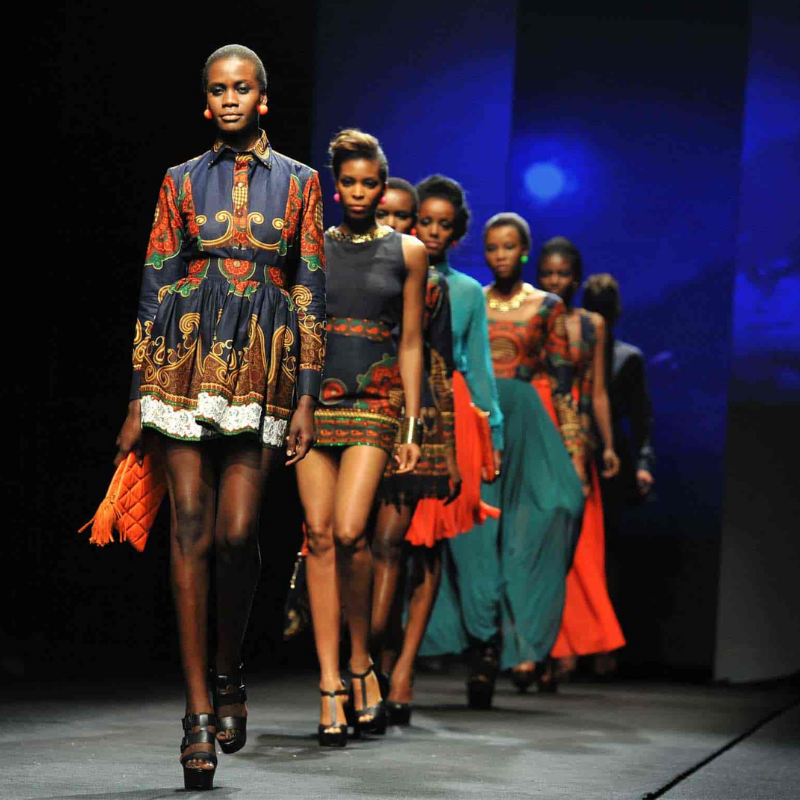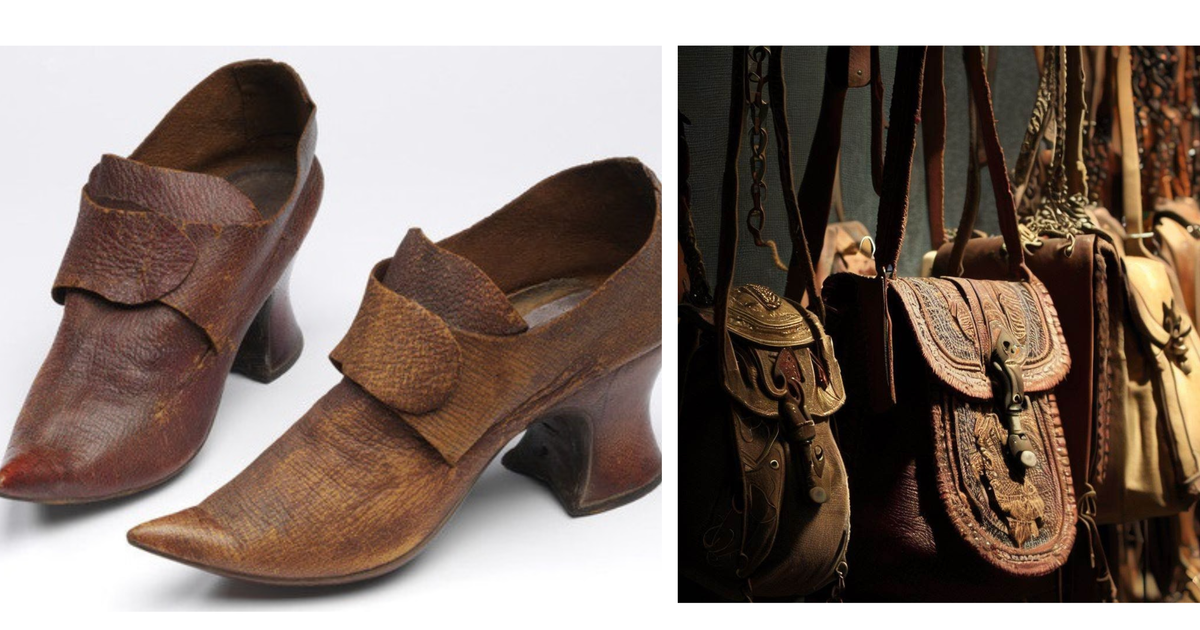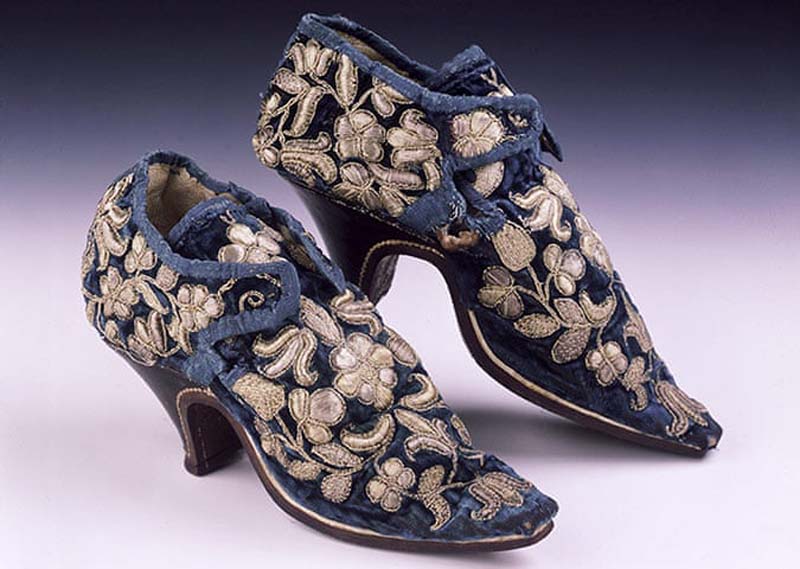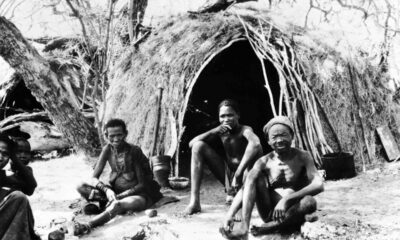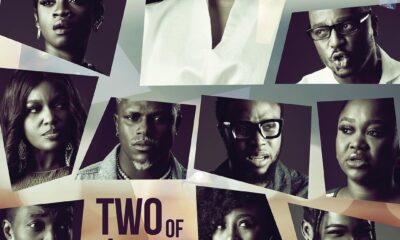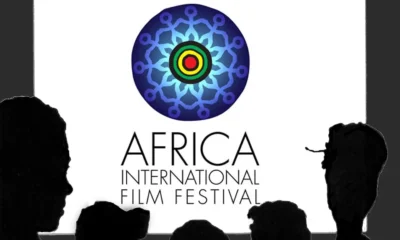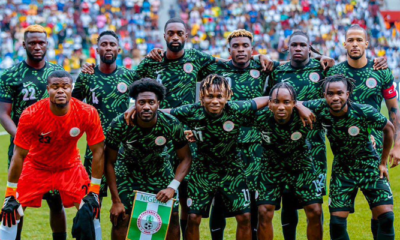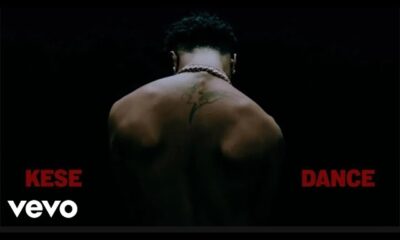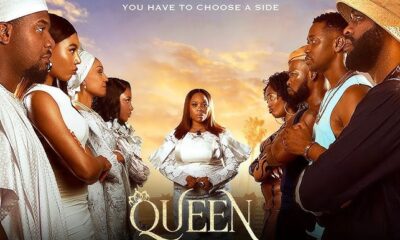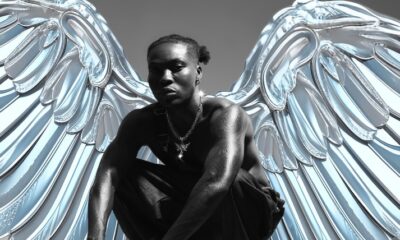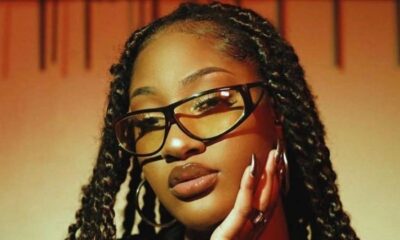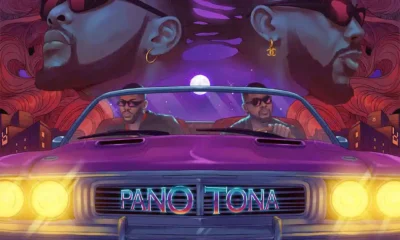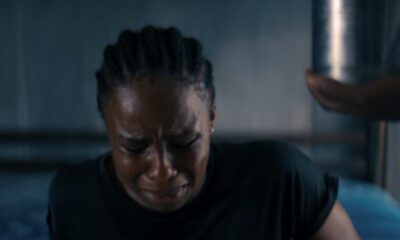In understanding why ancient Africans were naked, it’s essential to consider the practical and cultural factors. The hot climate in many regions, particularly West Africa, made full clothing impractical, leading people to adopt minimal attire.
Additionally, why ancient Africans were naked also ties into the normalcy of nudity in their societies; it was not seen as indecent but rather as a natural part of life.
Moreover, why ancient Africans were naked often related to social customs where clothing was reserved for specific ceremonies or status indicators.
As colonial influences grew, European ideals of modesty reshaped these traditional practices. Nevertheless, understanding why ancient Africans were naked would highlight a deeper connection to their environment, social norms, and identity.
Nigeria’s First Lady, Remi Tinubu, asserts that “nakedness is not in our culture,” reflecting a modern interpretation of cultural values. However, historical evidence reveals that the concept of clothing and nudity in Africa was much more complex and diverse.
Let’s take a detailed look at some of the historical reasons ancient Africans were naked and didn’t care…
1. Clothing in Hot Weather
In ancient African societies, especially in regions like West Africa, the hot and humid climate made it impractical to wear heavy or fully covered clothing.
People adapted to their environment by wearing minimal clothing to stay cool. Women typically wore wrappers around their waists or occasionally over their chests, while men donned aprons or loincloths.
Full-body coverings were rare and often reserved for specific occasions or elder members of the community. The emphasis was on comfort and practicality rather than modesty.
2. Nudity Was Culturally Normal
Contrary to the notion that nudity was taboo, many African cultures viewed it as entirely normal and even symbolic. This acceptance of nudity is reflected in the art of the time, where sculptures, carvings, and masks often depicted the human form in its natural state.
These representations were not considered indecent but rather celebrated as part of the human experience.
Furthermore, even today, several traditional festivals in Nigeria and South Africa feature women participating in rituals while partially or fully nude, emphasizing that nudity was a culturally accepted practice in certain contexts.
3. Ceremonial and Symbolic Clothing
In ancient African societies, clothing was less about everyday modesty and more about symbolism and status. Dress codes were used to indicate social class, gender, or cultural identity.
Jewellery, headgear, and specific garments were reserved for elders, chiefs, or individuals of higher status, while everyday clothing remained minimal for the general population.
During ceremonies such as weddings, people would wear elaborate attire that covered more of their bodies, but this was primarily for symbolic reasons rather than for modesty in daily interactions.
Colonial Influence on African Clothing Norms
The introduction of European colonial rule brought drastic changes to how Africans viewed clothing. Europeans, with their Christian ideals of modesty, often regarded African practices of minimal clothing or nudity as barbaric.
They imposed their standards of dress as part of their broader civilizing mission. This was particularly targeted at women, who were often sexualized and criticized for their traditional attire, or lack thereof.
From the 15th century onwards, as Europeans increased trade and colonization, they brought new fabrics, styles, and notions of modesty. Indigenous African attire evolved, incorporating textiles like cotton, wool, raffia, and later, wax prints.
These wax prints, now synonymous with African fashion (commonly known as Ankara), were not originally African but were influenced by the Dutch colonization of Indonesia in the 19th century.
Africans embraced these textiles and adapted them to fit their cultural identity, eventually making them integral to modern African fashion.
In Conclusion…
Today’s perspectives often emphasize modesty as an intrinsic cultural value. However, historical evidence shows that ancient Africans had a much more fluid and practical approach to clothing.
For them, attire was primarily about status, identity, and specific ceremonies, not necessarily about covering the body for decency.
The shift towards the modern view of modesty largely came about due to colonial influences, which reshaped traditional practices to align with Western standards.
So, while the First Lady’s statement aligns with current societal norms, it doesn’t entirely reflect the historical diversity of African clothing practices.
As it is understood today, the notion of modesty is a relatively recent development influenced by colonialism and the spread of Christianity and Islam across the continent.
To read more articles, visit here.



